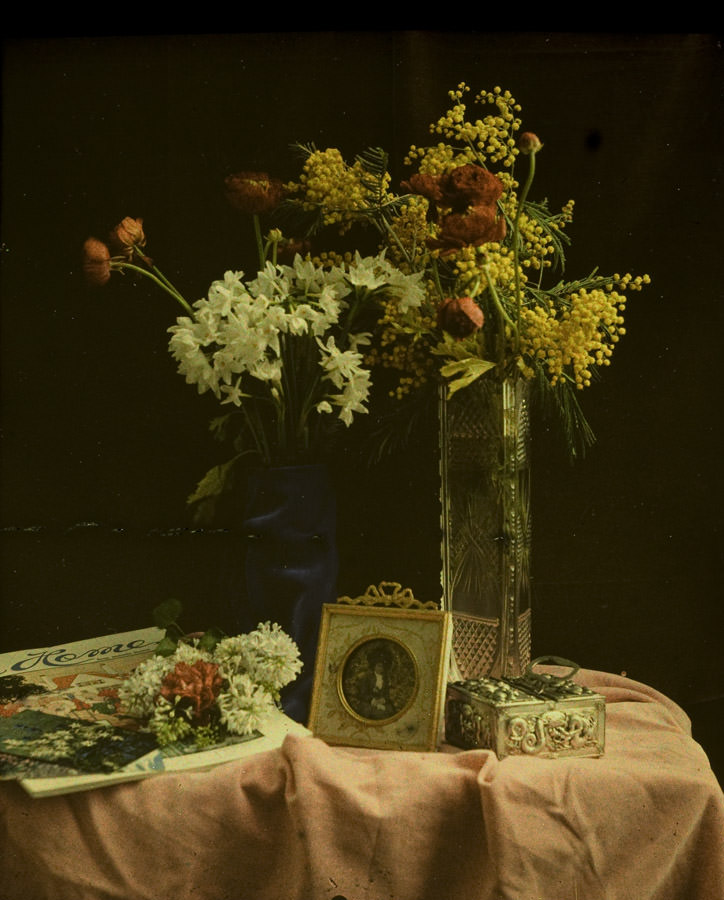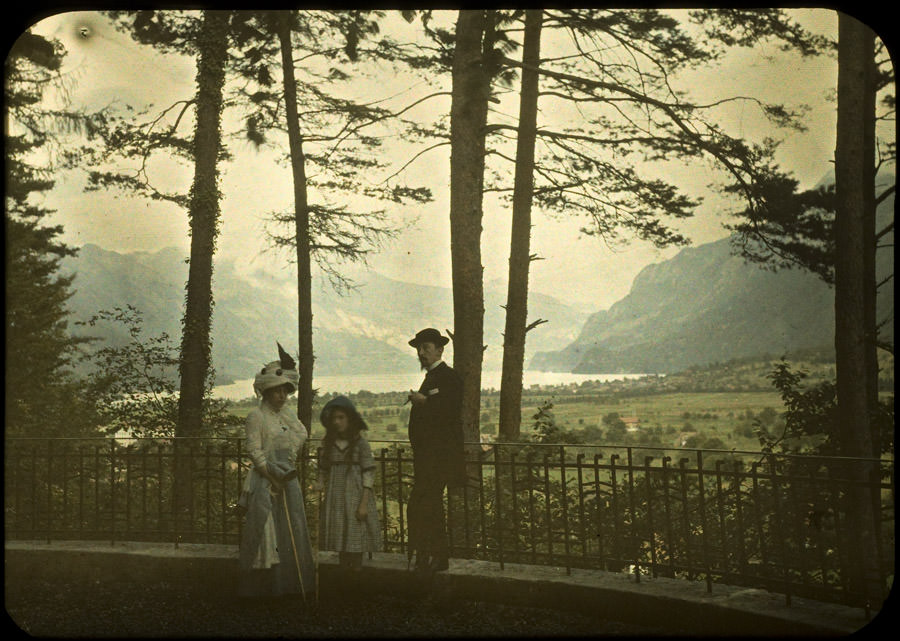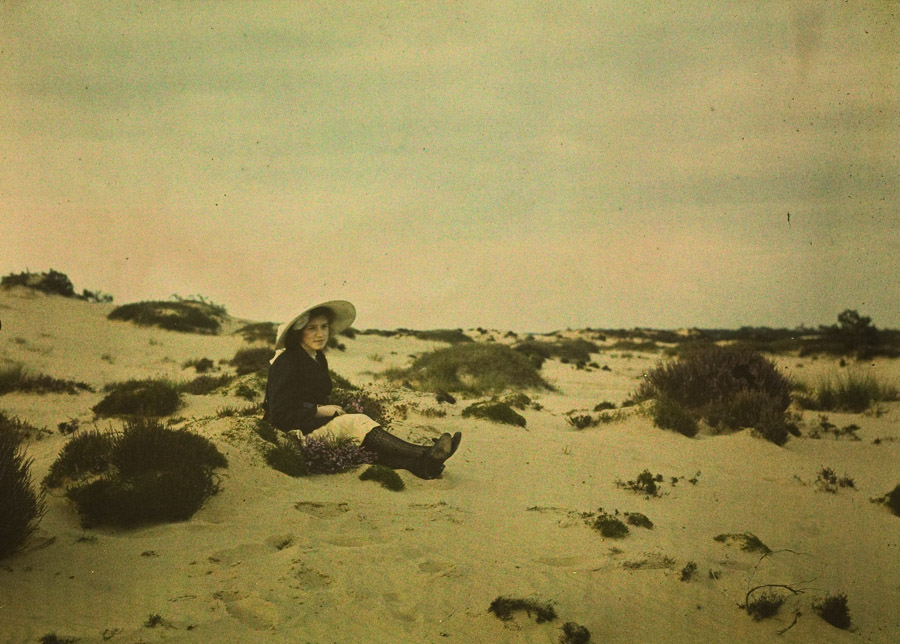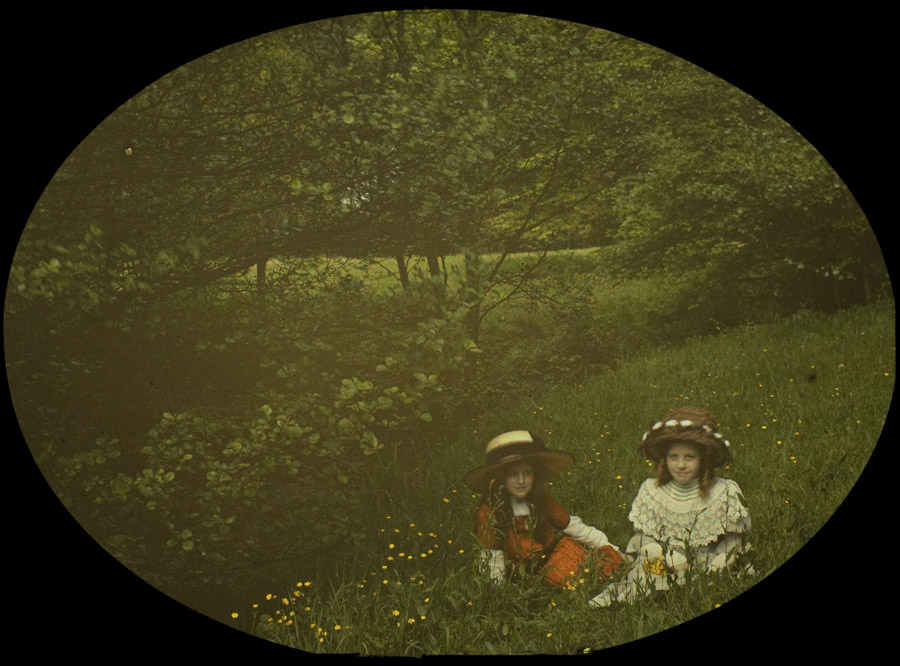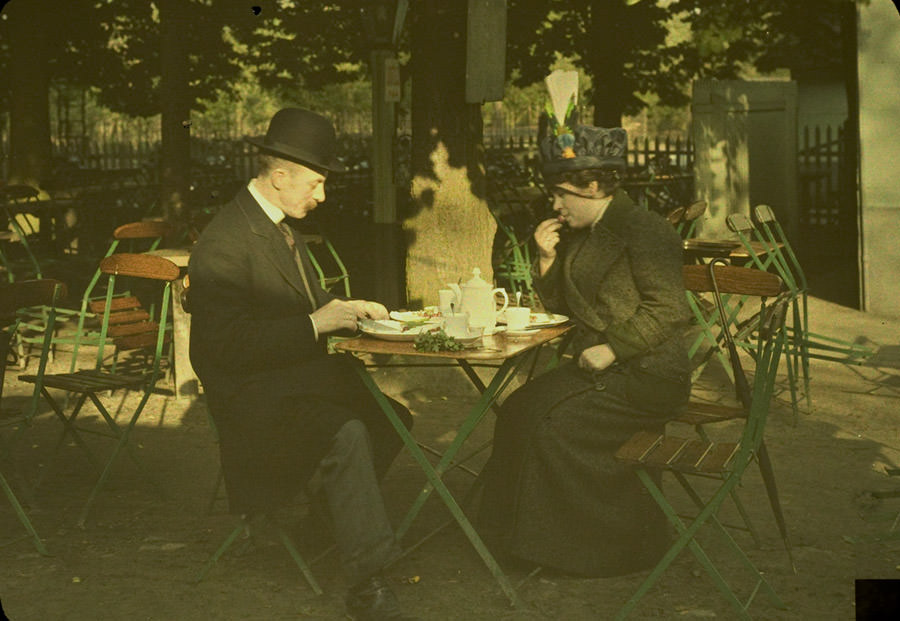Charles Corbet was a Belgian accountant known for his stunning contributions to early color photography. Between 1909 and 1914, he created over 500 autochromes, which are some of the earliest examples of color photographs. His work captures a unique perspective on life in the early 20th century, showing scenes that feel both vibrant and dreamlike.
Who Was Charles Corbet?
Born in 1868, Charles Corbet lived a life that balanced family and profession. He was married to Elisabeth De Bruyn, and together they had two children. While he worked as an accountant, his passion for photography became a significant part of his life. Corbet was not alone in his interest in photography; he often collaborated with fellow photographers Paul Sano and Alphonse Van Besten. They were members of the “Cercle d’études photographiques et scientifiques d’Anvers,” a group that focused on the study and practice of photography.
The Autochrome Process
Corbet’s autochromes were made using a process called Autochrome Lumière. This method was patented by the Lumière brothers, Auguste and Louis, in 1903. It was first sold to the public in 1907. The Autochrome process was revolutionary for its time. It allowed photographers to capture color images in a way that had never been done before.
To create an autochrome, a glass plate was coated with tiny grains of colored potato starch. These grains were dyed red, green, or blue. When light hit the plate, it would pass through these grains. The plate was also coated with a panchromatic photographic emulsion, which was sensitive to light. After taking a photograph, the plate was processed to develop a positive transparency. This created a full-color image that looked remarkably true to life.
Read more
Corbet’s Photography Style
Corbet’s autochromes are known for their subtle colors and warm lighting. He had a knack for capturing shadows and highlights, which added depth to his images. The dreamy quality of his photographs makes them feel fresh and engaging even today.
Most of his work was done around 1910, a time when color photography was still relatively new. Corbet focused on everyday life, landscapes, and family moments. His subjects ranged from serene countryside scenes to candid portraits of people. Each autochrome reflects a sense of joy and simplicity.
The themes in Corbet’s autochromes often revolve around nature, family, and daily life. He captured moments that many might overlook, such as children playing or flowers blooming. His images often evoke a sense of nostalgia, reminding viewers of simpler times.
One common theme in his work is the beauty of the natural world. Corbet often photographed gardens, parks, and rural landscapes. The colors in his images highlight the vibrancy of flowers and greenery, showcasing the beauty of nature.
Family life was another important subject for Corbet. Many of his photographs feature his wife and children. These images convey warmth and affection, emphasizing the bonds of family. Corbet’s ability to capture genuine moments makes his work relatable and heartfelt.













